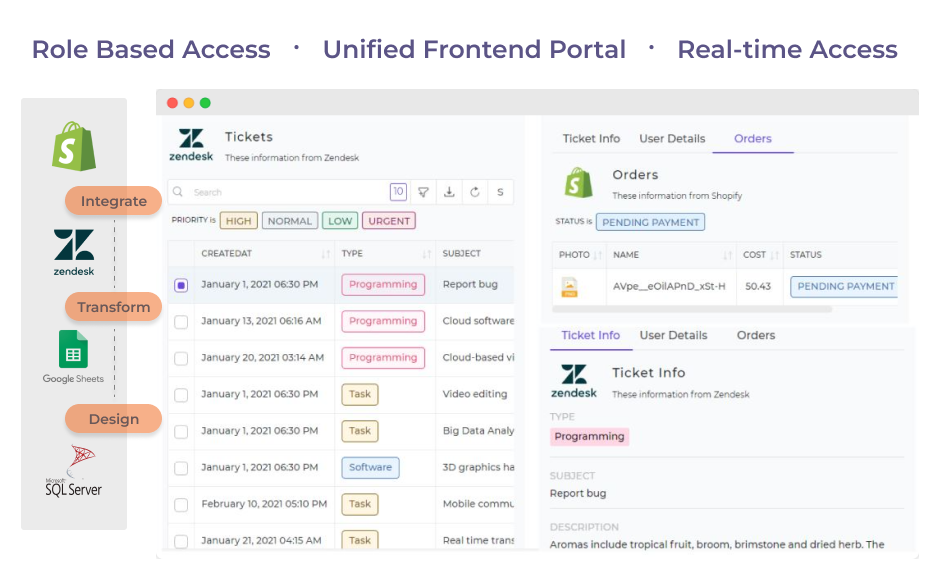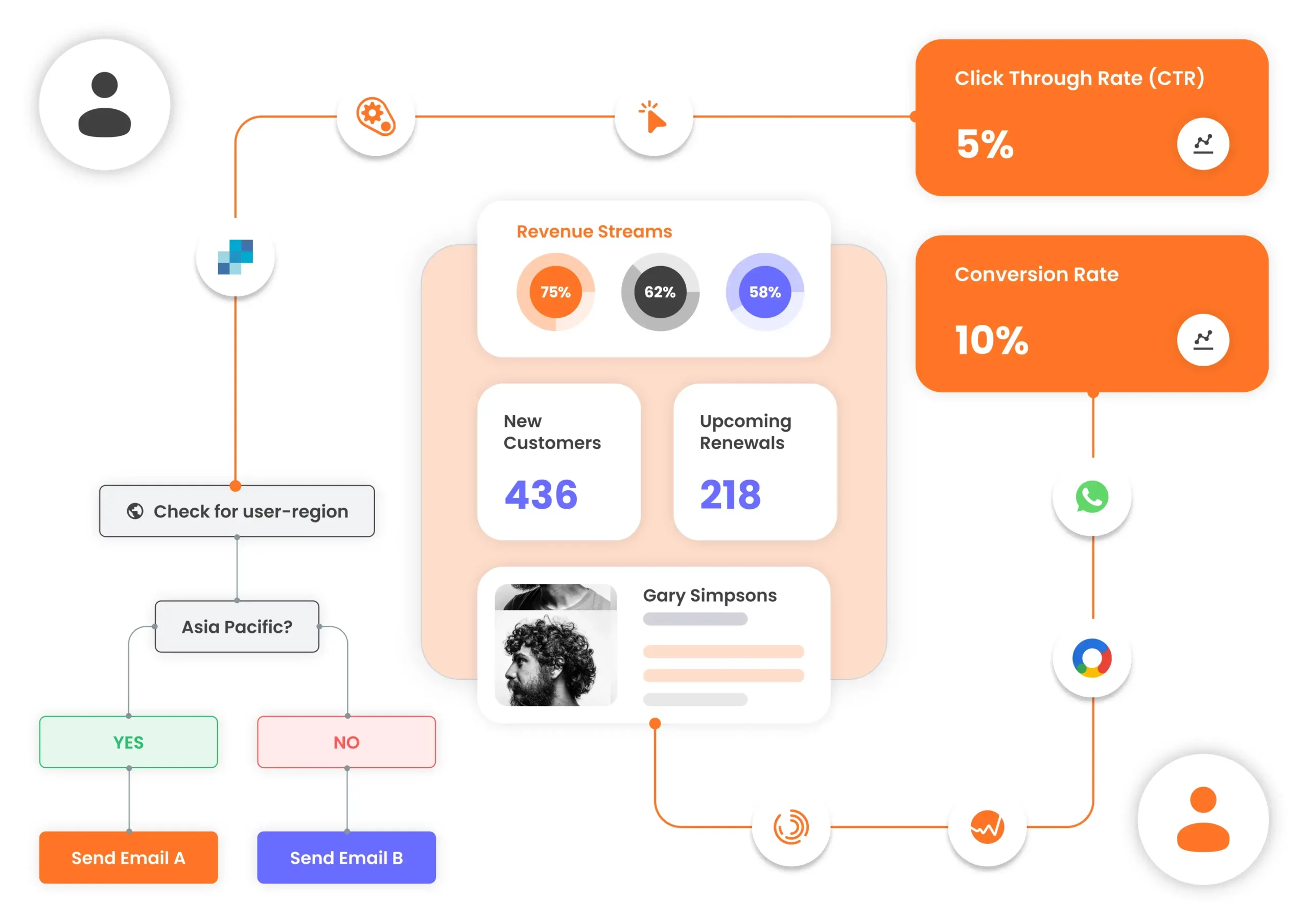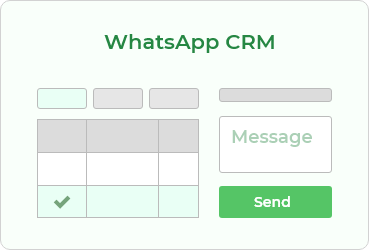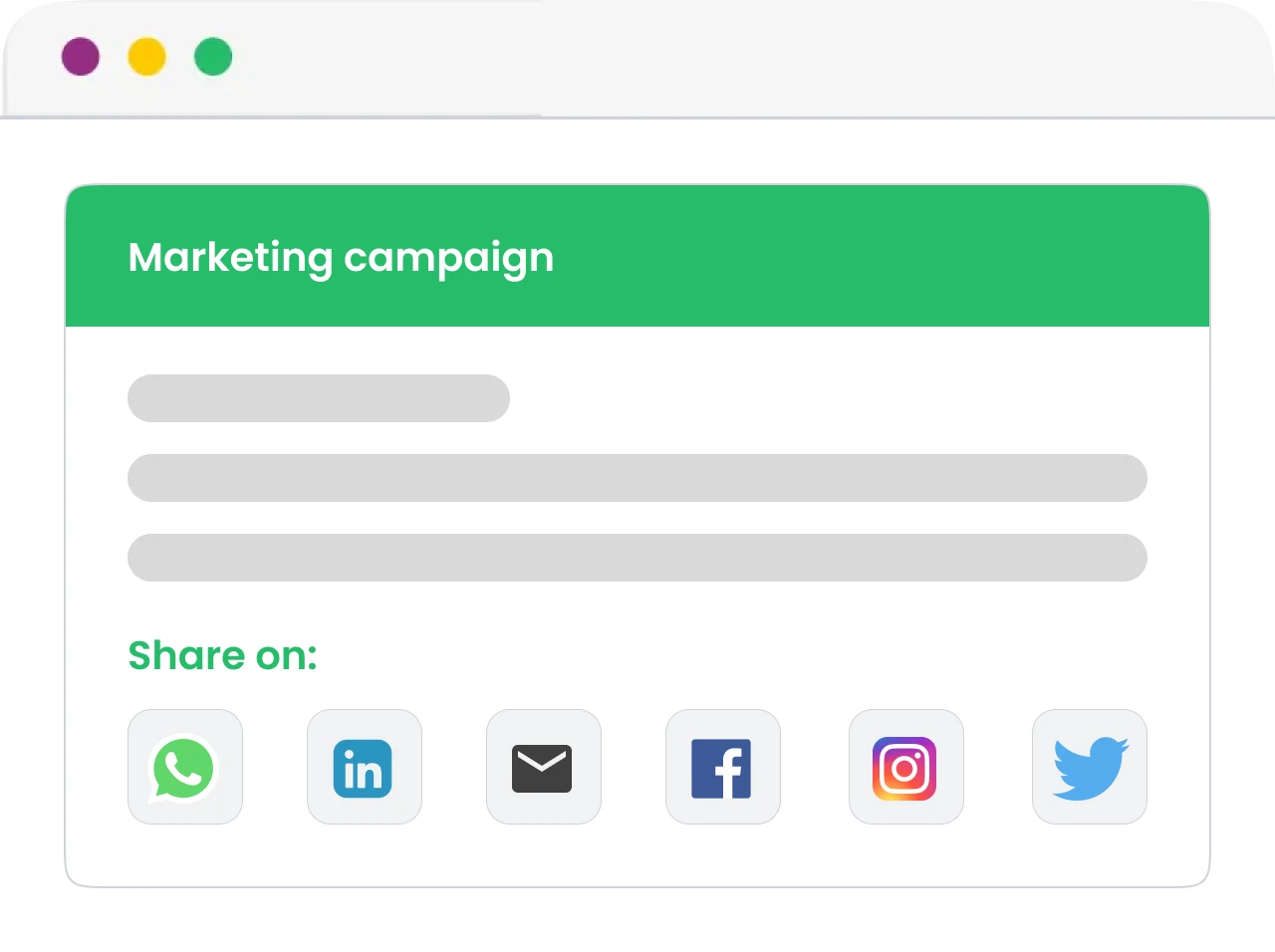From startups to Fortune 500s, the world’s leading teams rely on DronaHQ to build internal tools.
Centralize all your marketing data
Marketing teams often deal with large volumes of data from sources such as CRM, social media, email marketing tools, website analytics, and more. DronaHQ lets you seamlessly integrate and unify disparate data sources and create a single source of truth for your teams. All of your martech in a single platform

Free up team's time with automation
Automate repetitive manual tasks that trigger based on a schedule or an event. You make the rules! Automate everything from alerts and content approvals to reporting and personalizing customer experience. Spend less time looking up data, and more time on impactful, creative work with marketing automation

Endy, an ecommerce brand integrated various apps into a unified view
'DronaHQ is a great tool for internal process management. We launched a custom app integrating various systems that allows representatives to access key data from all the third party apps at one place.' - Emily Garette, Endy

Everything marketing teams need to reach goals faster
See how your marketing strategies and goals all connect to the work being done across teams. Create the flexible and scalable marketing tools your team needs without the need for developer resources.
Tailored reports & dashboards
Hyper personalized outreach
Lead generation & nurturing
Content creation & management




Purplle, a cosmetics ecommerce enhances website interactions
'We used DronaHQ to streamline website visitor interactions and personalize product recommendations shared with customers' -Suyash Katyayani, Co-Founder & CTO, Purplle

Why choose DronaHQ for all your teams marketing operations
Your ultimate solution for supercharging marketing operations across all teams, driving efficiency and boosting ROI




























